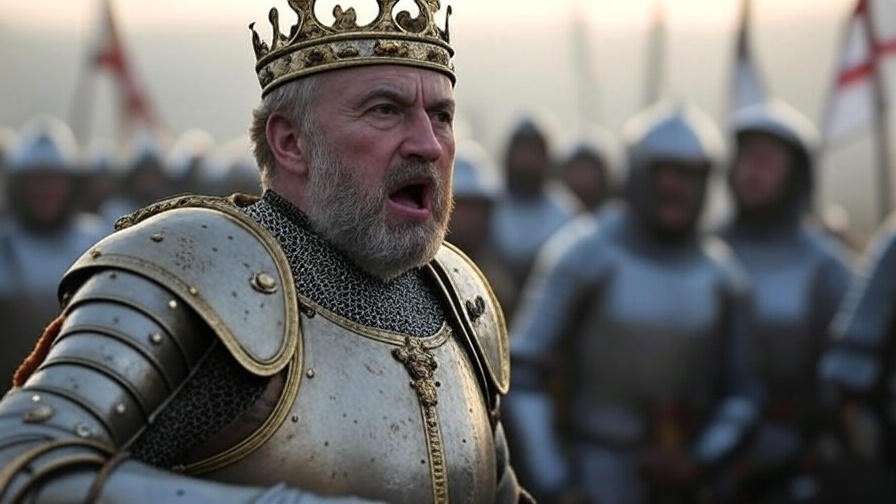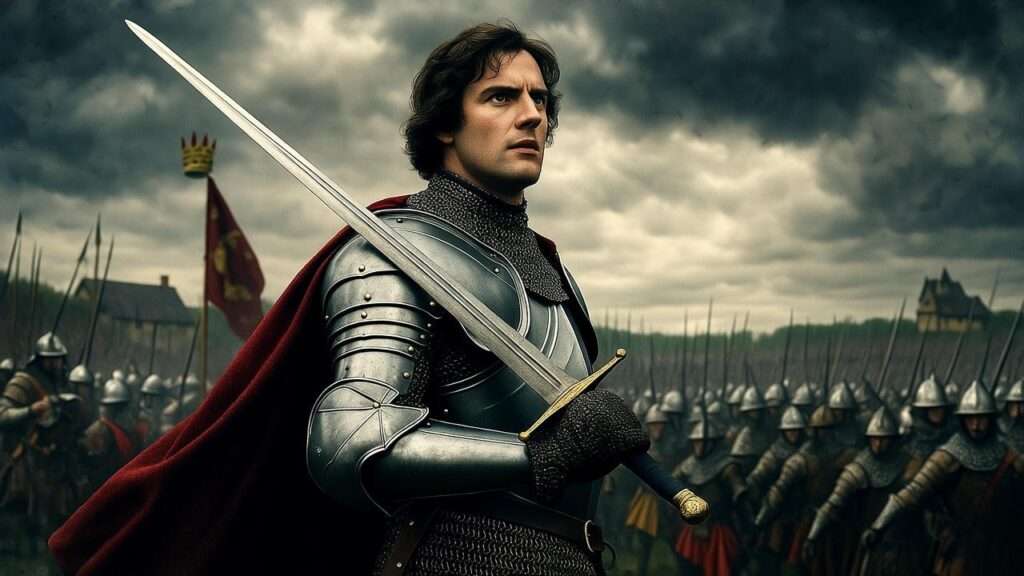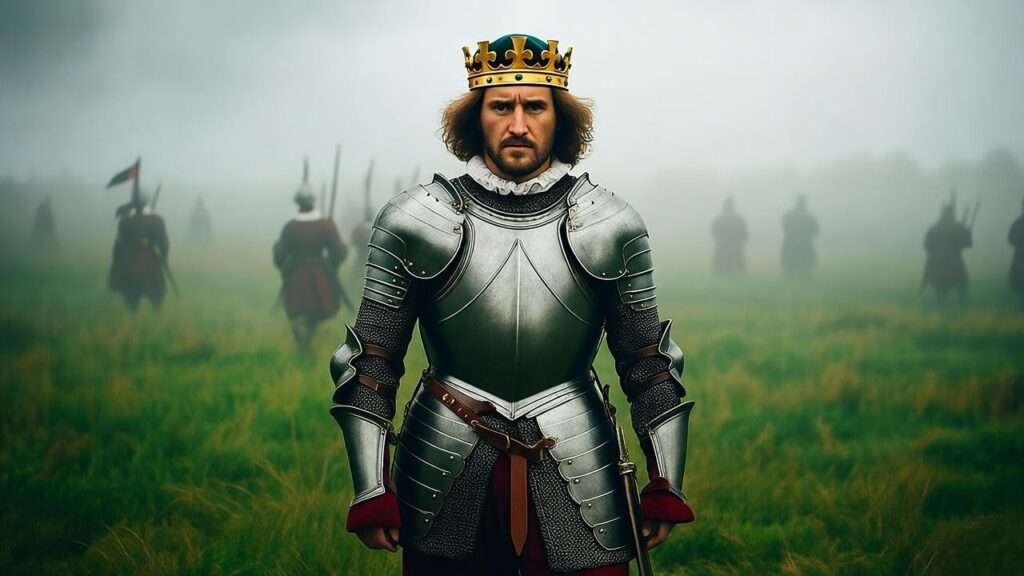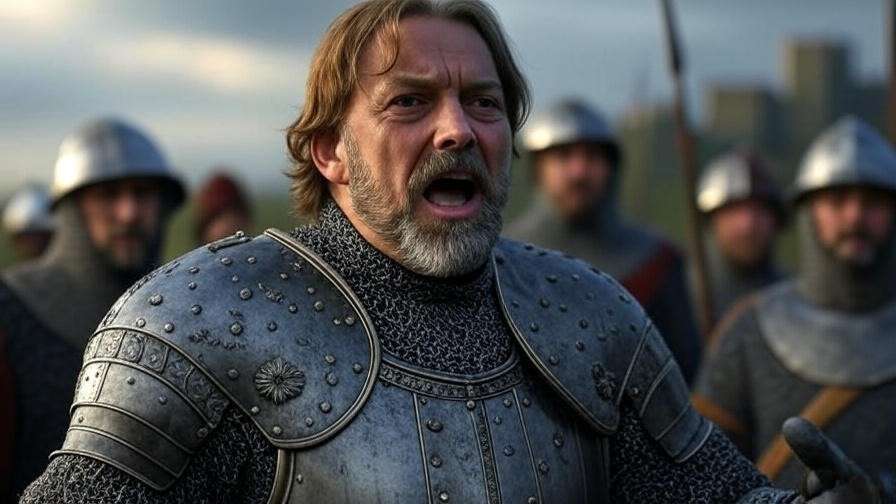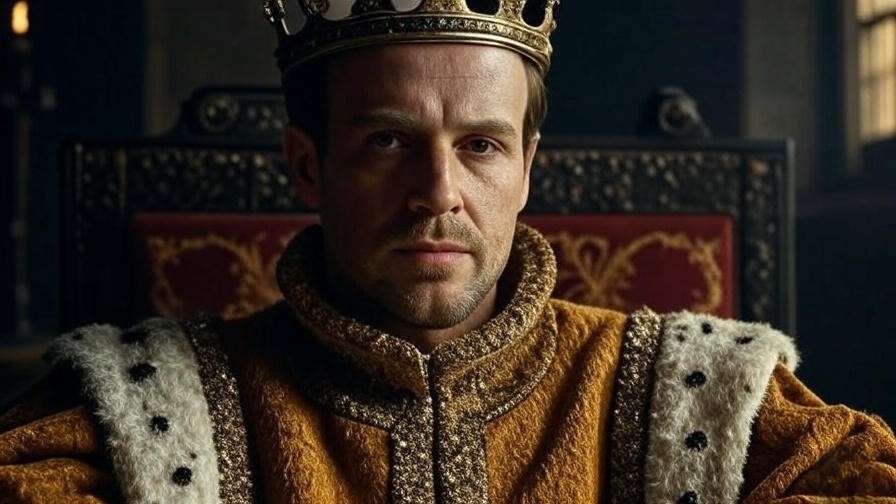What makes a king a legend? In Shakespeare’s Henry V, we witness the transformation of a young monarch into a towering figure of leadership, eloquence, and resolve. For those searching for a Henry V Shakespeare summary, this article delivers a comprehensive, engaging exploration of the play’s plot, themes, characters, and enduring relevance. As a Shakespeare scholar with years of analyzing his works, I’ve crafted this guide to help students, theater enthusiasts, and literature lovers unlock the brilliance of Henry V. Expect a clear, insightful summary that surpasses typical overviews, blending historical context, thematic depth, and practical tips to enrich your understanding of this iconic history play. Whether you’re studying for an exam, preparing for a performance, or simply curious about Shakespeare’s genius, this article is your gateway to mastering Henry V.
Why Henry V Matters in Shakespeare’s Canon
Historical Context of the Play
Henry V, written around 1599, is set during the Hundred Years’ War (1337–1453), a prolonged conflict between England and France. Shakespeare drew heavily from Raphael Holinshed’s Chronicles, adapting historical events to craft a narrative that resonated with Elizabethan audiences. The play portrays King Henry V as a unifying national hero, reflecting England’s desire for strong leadership during a time of political uncertainty. The Battle of Agincourt (1415), a central event, showcases England’s improbable victory over France, amplifying themes of courage and divine favor. Understanding this context enriches our appreciation of the play’s patriotic undertones and Shakespeare’s selective use of history to elevate Henry’s legacy.
Significance in Literature and Theater
As part of the Henriad tetralogy—following Richard II and Henry IV Parts 1 and 2—Henry V completes the saga of Prince Hal’s evolution into a formidable king. The play blends historical drama with political commentary, exploring leadership, war, and morality. Its theatrical impact is undeniable, with iconic speeches like “Once more unto the breach” and “St. Crispin’s Day” cementing its status as a staple in global theater. Renowned scholar Emma Smith notes, “Henry V challenges audiences to grapple with the cost of glory, making it a timeless study of power.” Its influence extends to modern adaptations, from Laurence Olivier’s 1944 film to Netflix’s 2019 The King, proving its enduring appeal.
Henry V Shakespeare Summary: Plot Breakdown
Act 1 – The Call to War
Henry V opens with the young king navigating his claim to the French throne. Advised by the Archbishop of Canterbury, Henry invokes the Salic Law to justify his right, a decision complicated by political motives to distract from domestic issues. The French Dauphin’s mocking gift of tennis balls—implying Henry’s youth and inexperience—ignites his resolve to invade France. This act establishes Henry as a decisive leader, setting the stage for conflict. The Chorus, a unique narrative device, frames the story, urging audiences to imagine the epic scope of war.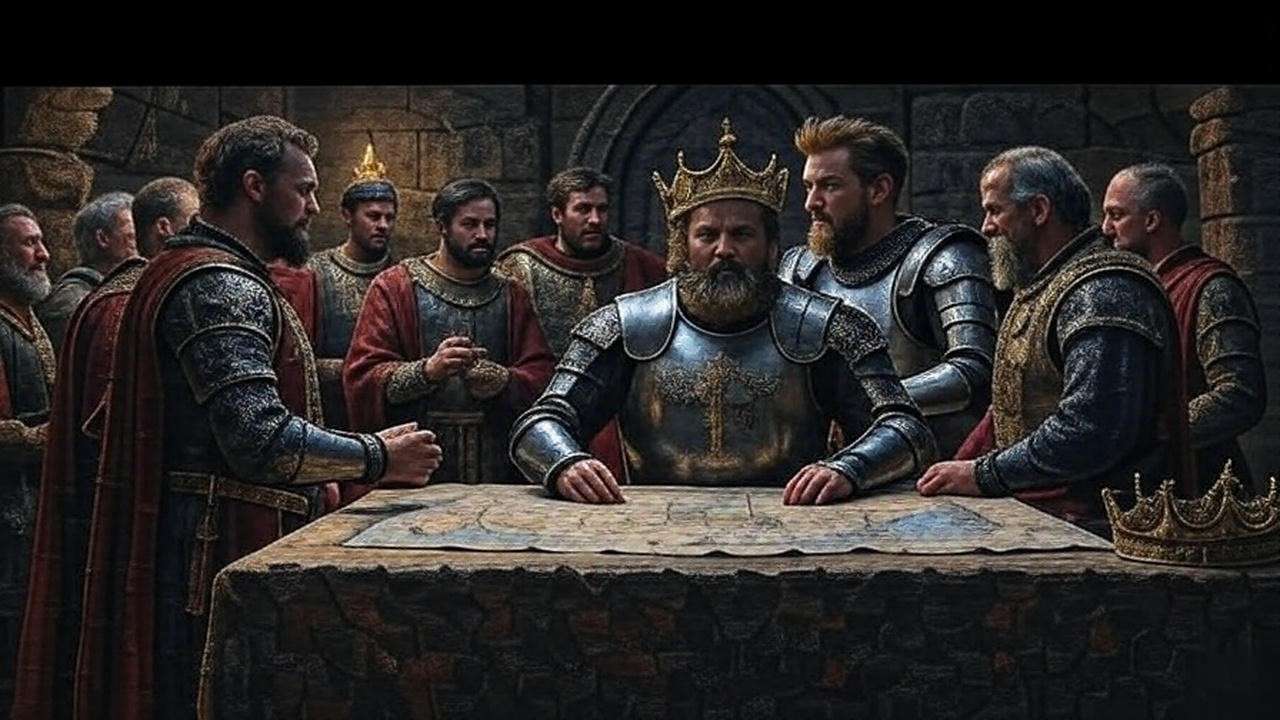
Acts 2-3 – Rising Tensions and Leadership
As Henry prepares for war, he uncovers a plot by trusted nobles Scroop, Cambridge, and Grey, revealing the personal betrayals leaders face. His swift execution of the traitors underscores his authority. The siege of Harfleur follows, where Henry’s rousing “Once more unto the breach” speech galvanizes his troops. Meanwhile, the death of Falstaff, Henry’s former mentor from Henry IV, adds emotional weight, highlighting the king’s shift from revelry to responsibility. These acts showcase Henry’s growing command and the human cost of his ambitions.
Act 4 – The Battle of Agincourt
The play’s climax, the Battle of Agincourt, is a testament to Henry’s leadership. Facing a vastly outnumbered army, he delivers the iconic St. Crispin’s Day speech, immortalizing the “band of brothers” who fight together. This speech, with its promise of shared glory, inspires a miraculous English victory. Shakespeare juxtaposes Henry’s camaraderie—disguising himself to mingle with soldiers—with the harsh realities of war, such as the execution of his old friend Bardolph for looting. This act balances triumph with moral ambiguity, inviting reflection on leadership’s complexities.
Act 5 – Peace and Marriage
Following Agincourt, Henry negotiates the Treaty of Troyes, securing his claim to France. His courtship of Princess Katherine, marked by a charming yet politically charged exchange, seals the peace through marriage. However, the Chorus’s epilogue foreshadows future turmoil under Henry VI, reminding audiences of history’s cyclical nature. This resolution blends triumph with a sobering nod to impermanence, a hallmark of Shakespeare’s nuanced storytelling.
Key Themes in Henry V
Leadership and Kingship
Henry’s journey from the reckless Prince Hal to a revered king is central to the play. His ability to inspire loyalty, as seen in his speeches, contrasts with moments of ruthless decision-making, like executing traitors. Shakespeare portrays leadership as a balance of charisma, strategy, and sacrifice, making Henry a compelling study for modern leaders. Literary critic Stephen Greenblatt observes, “Henry V embodies the paradox of a king who is both everyman and godlike, a tension Shakespeare masterfully exploits.”
Patriotism and National Identity
Henry V celebrates English unity, with the Chorus evoking a collective spirit through vivid imagery of war. Yet, Shakespeare subtly critiques nationalism by showing its costs—soldiers’ lives, moral compromises, and fleeting victories. The play’s patriotic fervor resonated with Elizabethan audiences, but its questions about unity remain relevant in today’s polarized world.
The Morality of War
Shakespeare doesn’t shy away from war’s ethical dilemmas. Henry justifies his campaign, yet scenes like the killing of French prisoners and Bardolph’s execution highlight war’s brutality. The play asks whether glory justifies sacrifice, a question that resonates in modern discussions of conflict.
Power of Rhetoric
Henry’s speeches, from “Once more unto the breach” to “St. Crispin’s Day,” showcase language’s ability to inspire and manipulate. These moments elevate the play’s emotional impact, demonstrating Shakespeare’s mastery of rhetoric. Analyzing these speeches reveals how words shape perception, a lesson applicable to leadership and communication today.
Memorable Characters in Henry V
King Henry V
Henry is a multifaceted protagonist, blending charisma, cunning, and vulnerability. His transformation from a wayward prince to a unifying king is marked by key moments, like his disguise among soldiers before Agincourt, revealing his empathy and self-doubt. His ability to rally troops while grappling with leadership’s burdens makes him a timeless figure.
Supporting Characters
The play’s ensemble adds depth. Falstaff’s offstage death looms large, symbolizing Henry’s break from his past. Fluellen, a loyal Welsh captain, embodies duty and humor, while the Dauphin’s arrogance contrasts with Henry’s calculated resolve. Comic figures like Pistol and Nym provide levity, highlighting the diverse voices of war.
Female Roles
Princess Katherine, though limited in stage time, shines in her courtship scene with Henry. Their language barrier creates comedic yet poignant moments, reflecting the personal stakes of political alliances. Her role underscores Shakespeare’s ability to weave complex characters into a male-dominated narrative.
Why Henry V Resonates with Modern Audiences
Lessons on Leadership
Henry V offers timeless lessons on leadership that transcend its historical setting. Henry’s ability to inspire his troops through speeches like “St. Crispin’s Day” mirrors modern leadership principles of motivation and empathy. His decision to disguise himself and mingle with soldiers before Agincourt reveals a leader attuned to his team’s morale, a trait valued in today’s business and political spheres. For example, CEOs and politicians often draw on Henry’s blend of authority and relatability to navigate crises. Shakespeare’s portrayal of leadership as both a privilege and a burden resonates with anyone facing high-stakes decisions, making Henry V a compelling study for students of leadership and management.
Relevance to War and Politics
The play’s exploration of war and nationalism speaks directly to contemporary issues. Henry’s campaign, driven by a contested claim, parallels modern debates over territorial disputes and the ethics of military intervention. Scenes like the execution of French prisoners raise questions about the morality of war, echoing discussions in today’s global conflicts. Recent adaptations, such as Netflix’s 2019 The King starring Timothée Chalamet, reframe Henry’s story for modern audiences, emphasizing the personal toll of leadership. By questioning the cost of glory, Henry V invites readers to reflect on the consequences of political ambition in our own time.
Shakespeare’s Enduring Appeal
Henry V remains a staple in education and theater due to its universal themes and dynamic storytelling. According to the Folger Shakespeare Library, it’s one of Shakespeare’s most frequently performed plays, with over 1,000 productions globally since 2000. Its blend of action, rhetoric, and moral complexity makes it accessible yet profound, appealing to diverse audiences. Whether studied in classrooms or staged in theaters, Henry V continues to spark discussions about power, identity, and human resilience, cementing its place in Shakespeare’s canon.
How to Engage with Henry V
Reading the Play
To fully appreciate Henry V, start with a reliable edition like the Folger Shakespeare Library or Arden Shakespeare, which offer detailed notes to clarify Elizabethan language. For beginners, focus on key scenes like the St. Crispin’s Day speech (Act 4, Scene 3) to grasp Shakespeare’s poetic brilliance. Tips for reading include annotating speeches for rhetorical devices and tracking character arcs, such as Henry’s shift from prince to king. Online resources like the Shakespeare Birthplace Trust provide glossaries to decode archaic terms, making the text more accessible.
Watching Performances
Experiencing Henry V through performance brings its energy to life. Kenneth Branagh’s 1989 film adaptation is a cinematic triumph, capturing the play’s emotional depth and gritty battle scenes. Alternatively, Tom Hiddleston’s 2012 portrayal in The Hollow Crown offers a nuanced, introspective Henry. Platforms like BBC iPlayer, Globe Player, or streaming services often host these productions. For live theater, check schedules at venues like the Royal Shakespeare Company or local theaters, which frequently stage Henry V with fresh interpretations.
Joining Shakespeare Communities
Engaging with Henry V is richer in community. Online forums like Reddit’s r/shakespeare or the Shakespeare Network offer spaces to discuss interpretations and share insights. Local book clubs or theater groups often host Shakespeare-focused events, fostering lively debates. For deeper study, consider free courses from platforms like Coursera or edX, which offer Shakespeare modules taught by experts. To explore more, visit our William Shakespeare Insights blog for articles on the Henriad and Shakespeare’s legacy.
Frequently Asked Questions (FAQs)
What is the main plot of Henry V?
Henry V follows King Henry V of England as he leads a campaign to claim the French throne during the Hundred Years’ War. The play chronicles his victory at Agincourt, his courtship of Princess Katherine, and the fragile peace that follows, blending leadership, war, and political strategy.
Why is the St. Crispin’s Day speech so famous?
The St. Crispin’s Day speech (Act 4, Scene 3) is renowned for its emotional power, uniting soldiers as a “band of brothers” before the Battle of Agincourt. Its vivid imagery and call to shared glory make it one of Shakespeare’s most iconic monologues, often quoted in leadership contexts.
Is Henry V historically accurate?
While based on historical events, Shakespeare takes liberties for dramatic effect. The Battle of Agincourt and Treaty of Troyes are factual, but characters like Fluellen and the tennis balls incident are embellished. Holinshed’s Chronicles served as a source, but Shakespeare prioritizes narrative over strict accuracy.
How does Henry V fit into Shakespeare’s other works?
As the final play in the Henriad tetralogy (Richard II, Henry IV Parts 1 and 2, Henry V), it completes Prince Hal’s arc from reckless youth to heroic king. The tetralogy explores themes of power, legitimacy, and redemption, with Henry V as the triumphant yet bittersweet culmination.
This Henry V Shakespeare summary unlocks the essence of one of Shakespeare’s most dynamic plays, offering a clear, comprehensive guide to its plot, themes, and characters. From Henry’s rousing speeches to the moral complexities of war, Henry V remains a powerful exploration of leadership and human ambition. Whether you’re a student, educator, or literature enthusiast, this article equips you to appreciate the play’s depth and relevance. Dive into the text, watch a performance, or join a Shakespeare community to deepen your connection to this masterpiece. Share your favorite Henry V moment in the comments below, and explore more Shakespearean insights on our William Shakespeare Insights blog for a richer journey through his works.

